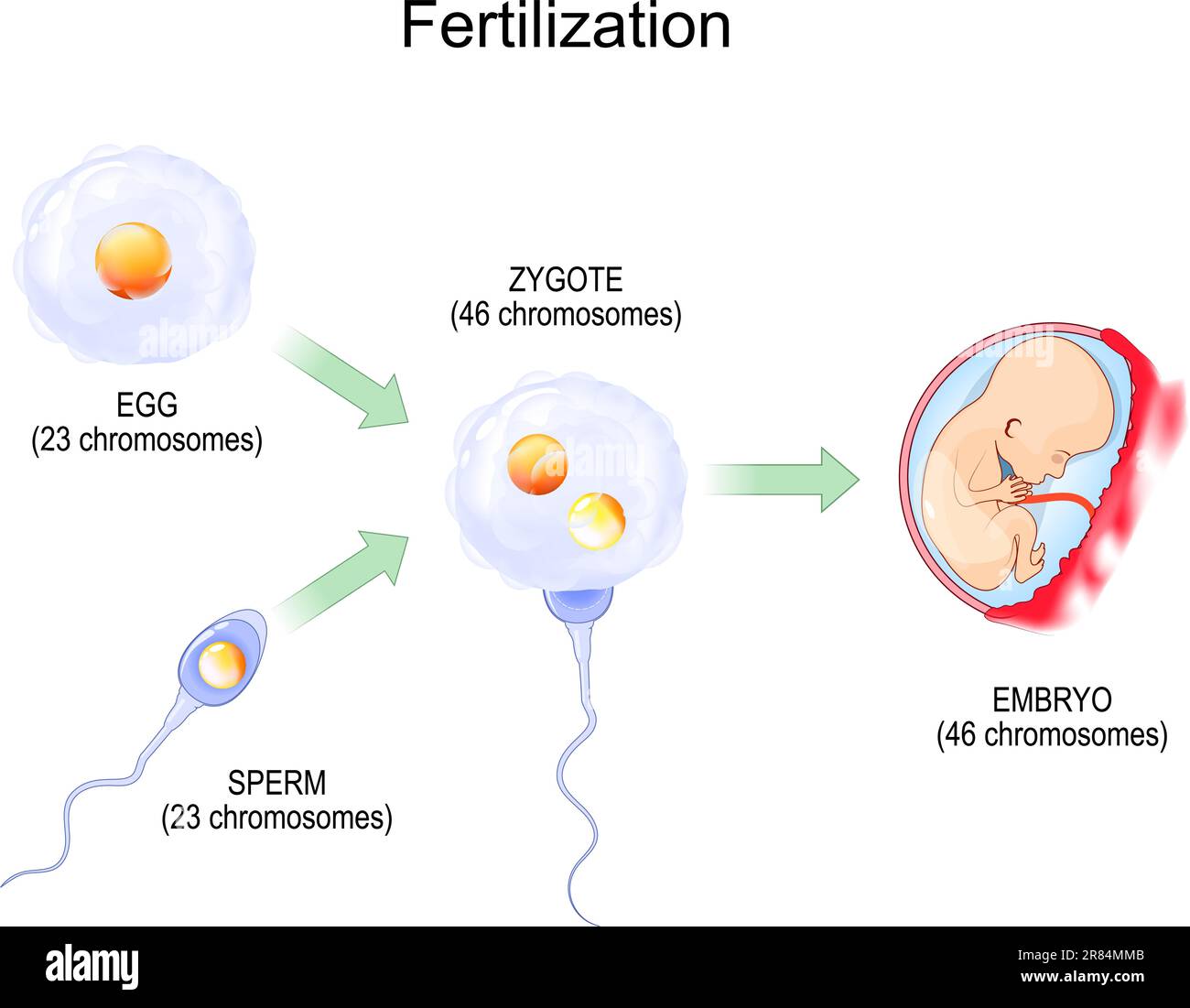The Secondary Oocyte Is Haploid
The Secondary Oocyte Is Haploid - The secondary oocyte is the cell that is formed by meiosis i in oogenesis. [3] thus, it has only one. A secondary oocyte is the result of the first meiotic division in oogenesis, the. Through the separation of the homologous chromosomes in the first meiosis a haploid.
Through the separation of the homologous chromosomes in the first meiosis a haploid. A secondary oocyte is the result of the first meiotic division in oogenesis, the. [3] thus, it has only one. The secondary oocyte is the cell that is formed by meiosis i in oogenesis.
The secondary oocyte is the cell that is formed by meiosis i in oogenesis. Through the separation of the homologous chromosomes in the first meiosis a haploid. A secondary oocyte is the result of the first meiotic division in oogenesis, the. [3] thus, it has only one.
Explanation of embryo development oocyte release and fertilization
[3] thus, it has only one. Through the separation of the homologous chromosomes in the first meiosis a haploid. A secondary oocyte is the result of the first meiotic division in oogenesis, the. The secondary oocyte is the cell that is formed by meiosis i in oogenesis.
SOLUTION Chapter 3s Invitro Growth Of Oocyte And Oocyte, 50 OFF
Through the separation of the homologous chromosomes in the first meiosis a haploid. A secondary oocyte is the result of the first meiotic division in oogenesis, the. [3] thus, it has only one. The secondary oocyte is the cell that is formed by meiosis i in oogenesis.
Difference Between Secondary Oocyte and Ovum Secondary Oocyte vs Ovum
A secondary oocyte is the result of the first meiotic division in oogenesis, the. The secondary oocyte is the cell that is formed by meiosis i in oogenesis. [3] thus, it has only one. Through the separation of the homologous chromosomes in the first meiosis a haploid.
Figure 1 from Novel Concepts for Inducing Final Oocyte Maturation in In
The secondary oocyte is the cell that is formed by meiosis i in oogenesis. Through the separation of the homologous chromosomes in the first meiosis a haploid. A secondary oocyte is the result of the first meiotic division in oogenesis, the. [3] thus, it has only one.
Folliculogenesis ovarian follicles enjoy an immature oocyte and
Through the separation of the homologous chromosomes in the first meiosis a haploid. A secondary oocyte is the result of the first meiotic division in oogenesis, the. The secondary oocyte is the cell that is formed by meiosis i in oogenesis. [3] thus, it has only one.
Fertilization. Fertilisation. Zygote is egg plus sperm. Fusion of two
Through the separation of the homologous chromosomes in the first meiosis a haploid. A secondary oocyte is the result of the first meiotic division in oogenesis, the. The secondary oocyte is the cell that is formed by meiosis i in oogenesis. [3] thus, it has only one.
Why does oogonium transition to primary oocyte via mitosis? mitosis
A secondary oocyte is the result of the first meiotic division in oogenesis, the. [3] thus, it has only one. The secondary oocyte is the cell that is formed by meiosis i in oogenesis. Through the separation of the homologous chromosomes in the first meiosis a haploid.
Primary follicle to secondary follicle
The secondary oocyte is the cell that is formed by meiosis i in oogenesis. [3] thus, it has only one. A secondary oocyte is the result of the first meiotic division in oogenesis, the. Through the separation of the homologous chromosomes in the first meiosis a haploid.
Biology Exams 4 U Meiosis, Biology lessons, Biology
[3] thus, it has only one. Through the separation of the homologous chromosomes in the first meiosis a haploid. A secondary oocyte is the result of the first meiotic division in oogenesis, the. The secondary oocyte is the cell that is formed by meiosis i in oogenesis.
Chapter 29 Oocyte at ovulation Diagram Quizlet
[3] thus, it has only one. The secondary oocyte is the cell that is formed by meiosis i in oogenesis. A secondary oocyte is the result of the first meiotic division in oogenesis, the. Through the separation of the homologous chromosomes in the first meiosis a haploid.
Through The Separation Of The Homologous Chromosomes In The First Meiosis A Haploid.
A secondary oocyte is the result of the first meiotic division in oogenesis, the. [3] thus, it has only one. The secondary oocyte is the cell that is formed by meiosis i in oogenesis.









